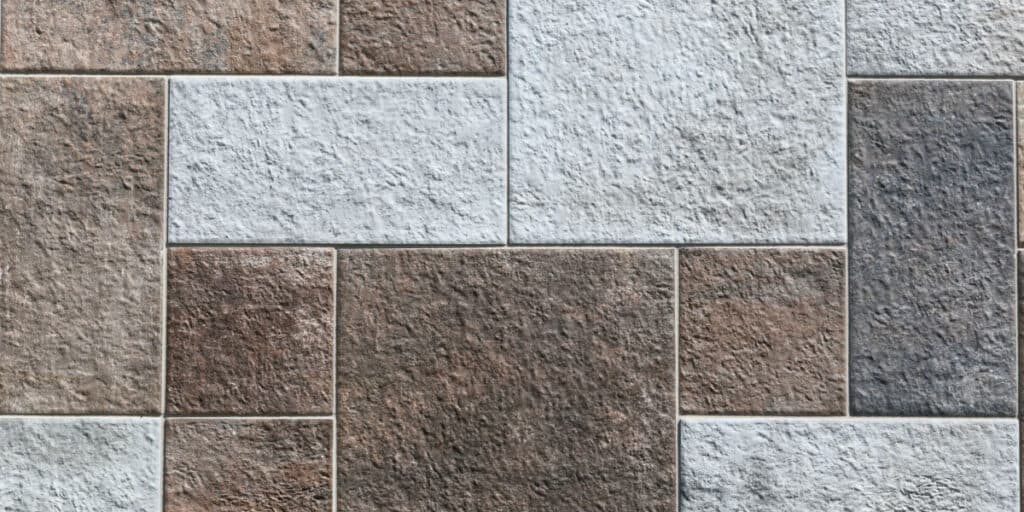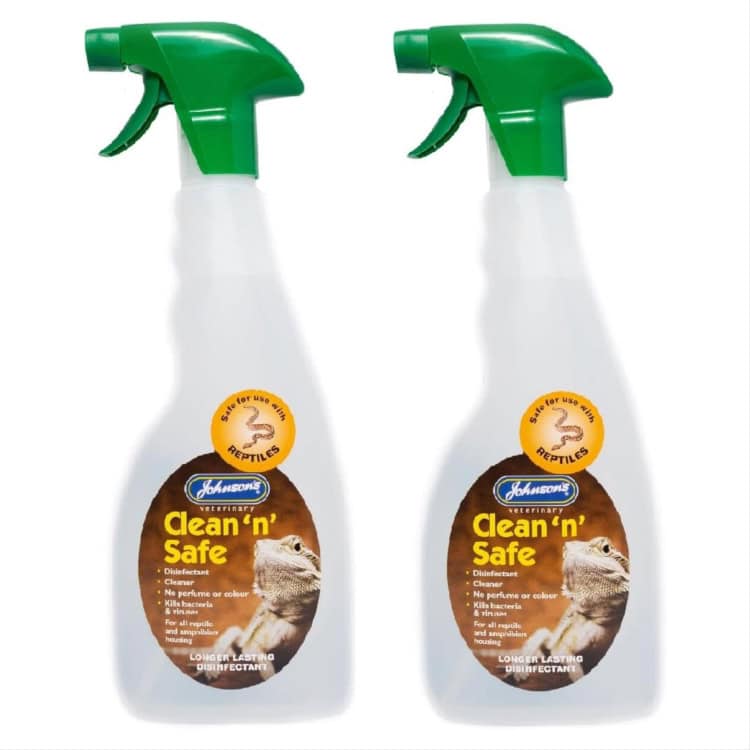Selecting an appropriate substrate is essential for creating an optimal habitat for bearded dragons. Tile has emerged as a popular substrate choice among reptile keepers due to its numerous advantages. This article will examine the benefits of using tile as a substrate for bearded dragons, including its ease of maintenance, longevity, and ability to enhance the enclosure’s appearance.
We will discuss how to select suitable tiles for your pet, provide instructions for installing tile substrate, offer maintenance and cleaning advice, explore alternative substrate options, and conclude with additional recommendations for using tile in bearded dragon enclosures.
Key Takeaways
- Using tile as substrate for bearded dragons is a popular and practical choice for reptile owners.
- Advantages of using tile as substrate include easy cleaning, durability, and the ability to maintain proper hygiene for your pet.
- When choosing the right tile for your bearded dragon’s enclosure, consider factors such as size, texture, and heat retention.
- Setting up tile as substrate involves measuring, cutting, and arranging the tiles to fit the enclosure properly.
- Maintenance and cleaning of tile substrate for bearded dragons involves regular spot cleaning and periodic deep cleaning to ensure a healthy environment for your pet.
Advantages of Using Tile as Substrate for Bearded Dragons
Durability and Cost-Effectiveness
Tile is incredibly durable and long-lasting, making it a cost-effective option in the long run. Unlike other substrates that may need frequent replacement, tile can withstand the wear and tear of your pet’s activities without deteriorating.
Health and Hygiene
Tile provides a solid and stable surface for your bearded dragon to walk on, which is important for their joint health. Additionally, tile is easy to clean and sanitise, reducing the risk of bacterial growth and potential health issues for your pet. This is in contrast to loose substrates such as sand or wood shavings, which can be difficult to clean and may harbor bacteria.
Aesthetics and Natural Environment
Tile comes in a variety of colors and patterns, allowing you to create a visually appealing habitat for your bearded dragon. Moreover, using tile in their enclosure replicates their natural habitat and provides them with a familiar and comfortable environment. In the wild, bearded dragons are accustomed to walking on solid surfaces such as rocks and hard ground, so tile is a natural fit. Plus, tile does not pose a risk of impaction, which can occur with loose substrates if ingested by your pet.
How to Choose the Right Tile for Your Bearded Dragon’s Enclosure
When choosing tile as a substrate for your bearded dragon’s enclosure, there are several factors to consider to ensure you select the right option for your pet. Firstly, it’s important to choose a non-porous tile that is easy to clean and sanitise. Non-porous tiles do not absorb moisture or odors, making them hygienic and low-maintenance.
Additionally, opt for tiles with a smooth surface to prevent any potential injuries to your pet’s feet or belly. Rough or textured tiles may cause abrasions or discomfort for your bearded dragon as they move around their enclosure. Furthermore, consider the size and shape of the tiles when making your selection.
Larger tiles are easier to clean and maintain, as there are fewer grout lines for debris to accumulate in. However, smaller tiles can provide a more naturalistic look and may be easier to fit into irregularly shaped enclosures. It’s also important to choose tiles that are not too heavy or thick, as these can be difficult to handle and may pose a risk of injury if they were to fall or shift within the enclosure.
Lastly, consider the aesthetic appeal of the tiles and how they will complement the overall design of your pet’s habitat. Selecting tiles in natural earth tones or patterns can enhance the visual appeal of the enclosure while providing a realistic environment for your bearded dragon.
Steps for Setting Up Tile as Substrate for Bearded Dragons
Setting up tile as a substrate for your bearded dragon’s enclosure is a straightforward process that can be completed in a few simple steps. Firstly, measure the dimensions of your pet’s enclosure to determine the amount of tile needed. Once you have the measurements, purchase the appropriate amount of non-porous, smooth-surfaced tiles in the desired size and shape.
Before placing the tiles in the enclosure, thoroughly clean and sanitise them to remove any dust, debris, or chemical residues that may be present from the manufacturing process. Next, carefully lay the tiles in the enclosure, ensuring a snug fit without any gaps or spaces between them. If necessary, use a tile cutter to trim the tiles to fit around any obstacles or irregularities in the enclosure.
Once the tiles are in place, secure them by applying a small amount of non-toxic adhesive or grout along the edges to prevent shifting or movement. It’s important to use non-toxic materials to ensure the safety of your pet in case they come into contact with the adhesive or grout. After securing the tiles, allow them to set and cure according to the manufacturer’s instructions before introducing your bearded dragon to their newly tiled enclosure.
Once set up, monitor your pet’s behaviour and comfort level on the new substrate to ensure they are adjusting well to the change. With these simple steps, you can easily set up tile as a substrate for your bearded dragon’s enclosure, providing them with a safe and comfortable environment.
Maintenance and Cleaning of Tile Substrate for Bearded Dragons
One of the key advantages of using tile as a substrate for bearded dragons is its ease of maintenance and cleaning. To keep the tile substrate in optimal condition for your pet, regular cleaning is essential. Start by removing any visible waste or debris from the surface of the tiles using a reptile-safe disinfectant or mild soap and water solution.
Avoid using harsh chemicals or cleaners that may leave behind toxic residues harmful to your pet. After removing debris, thoroughly sanitise the tiles by wiping them down with a reptile-safe disinfectant or a diluted bleach solution. Allow the disinfectant to sit on the surface for a few minutes before rinsing thoroughly with water to remove any residue.
It’s important to ensure that all traces of disinfectant are removed from the tiles before reintroducing your bearded dragon to their enclosure. In addition to regular cleaning, it’s important to periodically inspect the tiles for any signs of wear or damage. Check for loose or cracked tiles, as well as any areas where grout may have deteriorated.
Replace any damaged tiles promptly to maintain a safe and comfortable environment for your pet. By following these maintenance and cleaning tips, you can ensure that the tile substrate in your bearded dragon’s enclosure remains hygienic and safe for their well-being.
Alternatives to Tile Substrate for Bearded Dragons
Soft and Comfortable Options
Reptile carpet is a popular alternative to tile, providing a soft and comfortable surface for bearded dragons to walk on. It’s easy to clean and can be removed and washed regularly to maintain hygiene in the enclosure.
Inexpensive and Disposable Options
Paper towels or newspaper are inexpensive and disposable options that can be easily replaced when soiled. They provide a simple and hassle-free solution for bearded dragon owners.
Naturalistic and Textured Options
Some reptile owners opt for naturalistic substrates such as slate or ceramic rocks, which provide a solid surface similar to tile while adding visual interest to the enclosure. Non-adhesive shelf liner is another option, providing a textured surface for traction while being easy to clean and replace when necessary. However, it’s essential to ensure that any naturalistic substrates are free from sharp edges or potential hazards that may pose a risk to your pet.
Key Considerations for Choosing a Substrate
Whichever substrate you choose for your bearded dragon’s enclosure, it’s crucial to consider factors such as hygiene, safety, ease of cleaning, and comfort for your pet when making your selection.
Conclusion and Final Tips for Using Tile as Substrate for Bearded Dragons
In conclusion, using tile as a substrate for bearded dragons offers numerous advantages in terms of durability, ease of cleaning, safety, and aesthetic appeal. When choosing tile for your pet’s enclosure, opt for non-porous, smooth-surfaced tiles that are easy to clean and maintain. Follow the steps for setting up tile substrate carefully to ensure a secure and comfortable environment for your bearded dragon.
Regular maintenance and cleaning are essential to keep the tile substrate hygienic and safe for your pet. Consider alternatives to tile substrate based on factors such as hygiene, safety, and comfort for your bearded dragon. By selecting the right substrate and following proper maintenance practices, you can create an ideal habitat for your pet that promotes their well-being and enjoyment in their environment.
If you are considering using tile as a substrate for your reptile enclosure, it’s important to also educate yourself on the specific care needs of your reptile. For example, if you are considering a veiled chameleon, you may want to read this veiled chameleon care sheet to ensure you are providing the best environment for your pet. Understanding the specific needs of your reptile will help you make informed decisions about substrate and other enclosure elements.





